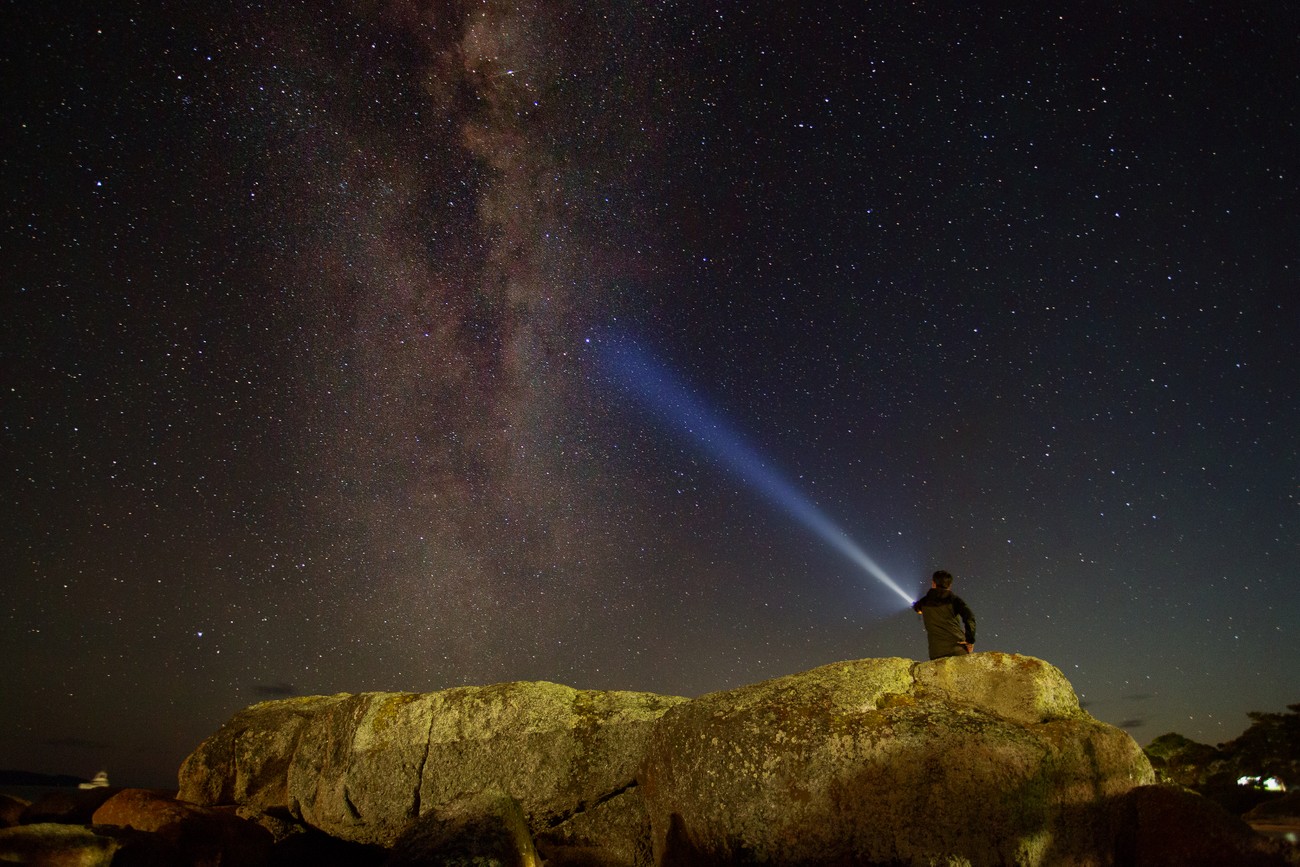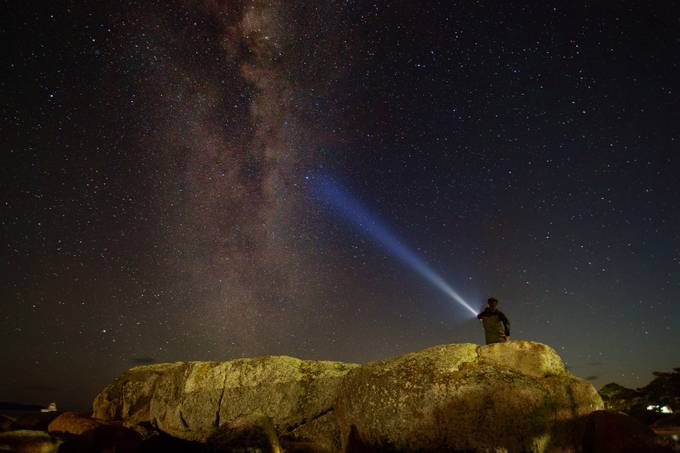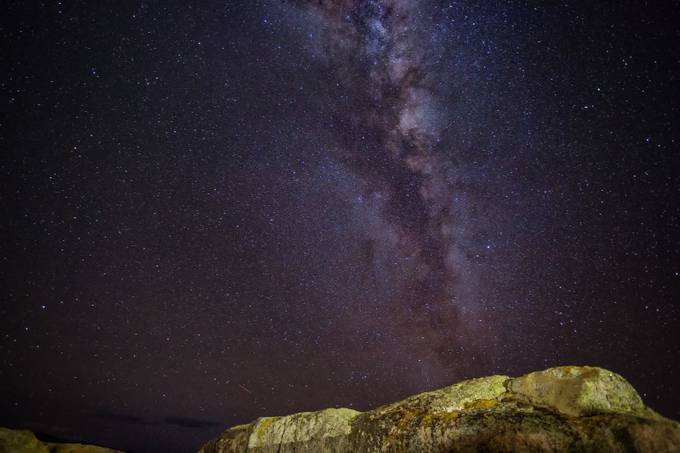Chinese photographer (who lives in Australia) Jason Zhou always seems to be looking up at the right time. He shared with us some insights on his awesome photography, enjoy! I a 33 years old landscape photographer. I was born in China and currently lives in Melbourne, Australia. Photography is one of my hobbies, even though I’m still on my way of learning it, but I’m very happy that I’ve got so many recognitions, likes and been featured on viewbug.com.
One of my favourite photo is “seeking milky way”. It was taken during a great trip with family at a beautiful small town called Bicheno of Tasmania Australia. I must say, shooting milky way is harder compares shooting other scenes. It has so many variables to consider: season, weather, moon, location, foreground and last but not least, camera setting and lens itself.
Even though I’m still a newbie to milky way and nights-cape photography, but I’m happy to share some tricks I’ve learnt, hopefully they are useful to somebody. Also you can find a lot of articles on internet for camera settings etc so I will skip that.
First of all, the natural condition is vital to milky way shooting. Knowing the direction where it is possible to find the core of milky way is mandatory. If you are in the northern hemisphere, look towards the southern skies, the core will start to be visible due southeast (Spring), due south (Summer), or southwest (Fall). If you are in the southern hemisphere, also look towards the southern skies, the core will start to be visible due southwest (Spring) or southeast (Fall and Winter). To find the galactic core even easier, you can also use some smart phone apps to locate galaxy or starts you interested. Apart from that, find a place where you can avoid most of the light for the city. For instance, a beach of a small town like I did. You also need to check moon phase before you head to photography. Most times, you will want to have complete darkness when shooting milky way so no moon is the best. As a result, you will plan milky way shots during new moon and 4 days before and after it.
Secondly, composition. Even though milky way itself looks breathtaking, the photo just that could be boring. You will want some sort of foreground when shooting milky way. For the photo - “seeking milky way”, I chose a stack of rocks on the beach. The environment was not complete darkness, there were some ambient lights coming from a club not far from the beach. The rock was a perfect object to reflect those lights. I climbed up to those rocks and pointed the beam of my torch towards milky way. My idea was showing how small the human is under the milky way. And there are so many mysteries waiting for human to discover. I think this photo become uniquely interesting because of the composition.
Below is a before and after of one of our favorite photos we found in xzhou's profile:

And a few more photos that we love:










